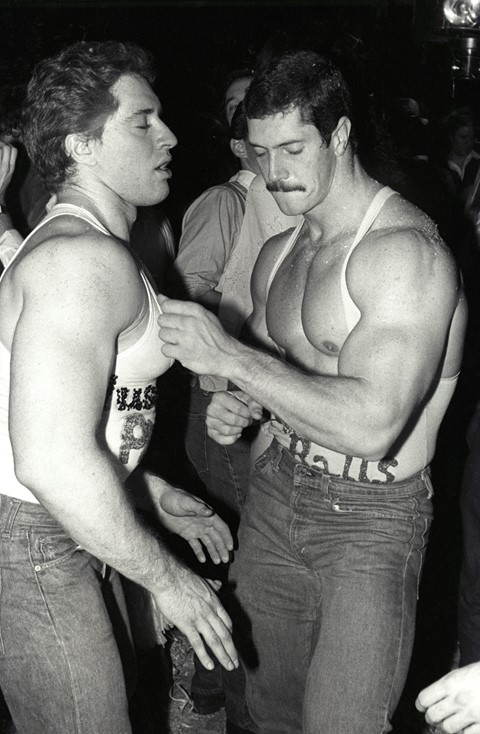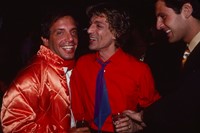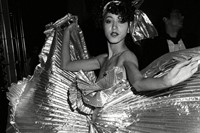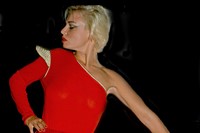We take a look inside Studio 54: Night Magic, the Brooklyn Museum’s forthcoming exhibition about the “modern-day Gomorrah”
“The 1970s in New York were gritty and grimy,” recalls Matthew Yokobosky, the Brooklyn Museum’s senior curator of fashion and material culture, “and we were on the verge of bankruptcy. We’d just gotten out of the Vietnam War, we had Son of Sam roaming around ... and there was this sense of danger ... It just wasn’t a glamorous city.”
This was all, of course, before Tony Manero was roaming around Brooklyn to the sound of the Bee Gees in Saturday Night Fever, before Saturday Night Live, before the ‘I Love New York’ campaign, and before Steve Rubell and Ian Schrager redefined hedonism with Studio 54. “There were so many discotheques in America [in the late 70s] and Studio 54 was always kind of the pinnacle of discotheques,” says Yokobosky. “It was the one that was hard to get into” – as per Andy Warhol’s ‘dictatorship at the door’ metaphor – “but it was also the one you saw photographs of, and it was the most glamorous”. 40 years after the original Studio 54 went out with a bang in 1980 – owing to tax evasion, of all things – some of these photographs of the club Rubell and Schrager proudly called “modern-day Gomorrah”, along with various outfits and other ephemera, are the focus of Studio 54: Night Magic, a major forthcoming show at the museum.
“It was like, lo and behold, you have entered the promised land!” recalls Adam Scull, one of Night Magic’s featured photographers, of the club. Working for the New York Post, Scull frequented Studio 54 extensively and took some of its most well-known photographs. “Luckily, when you have the backing of a major metropolitan newspaper,” he says, “it’s very hard for publicity-seeking people to say ‘no’ to you. So I was kind of like King Shit ... I walked in and they all knew it was pony time. They had a script to follow. And if they didn’t, I made them do it ... I had to choreograph the whole goddamn thing, but that was the picture that always got in the paper.”
According to Scull, it wasn’t on Saturday night, or even Friday night, that the club was at its most electric, but Thursday night. “[It] was the busiest night of the week,” he explains. “Come nine to ten o’clock, everybody’s doing poppers, they’re doing quaaludes, all the women there. 90 per cent of them went there to get topless or naked ... It was still the era of free love. Thank God. It was the greatest thing in the universe!”
Scull finds it difficult to talk about particularly outrageous incidents as debauchery was more or less the norm at Studio 54. “It was just the wildest, most erotic, sexually-charged atmosphere,” he says of the club’s heyday. “It was the decade of complete nakedness ... There was no Aids, there was no nothing getting in the way. We had more pictures of people fucking and getting blowjobs in the high seats of the balcony than in a cathouse. It was beyond what you can imagine.”
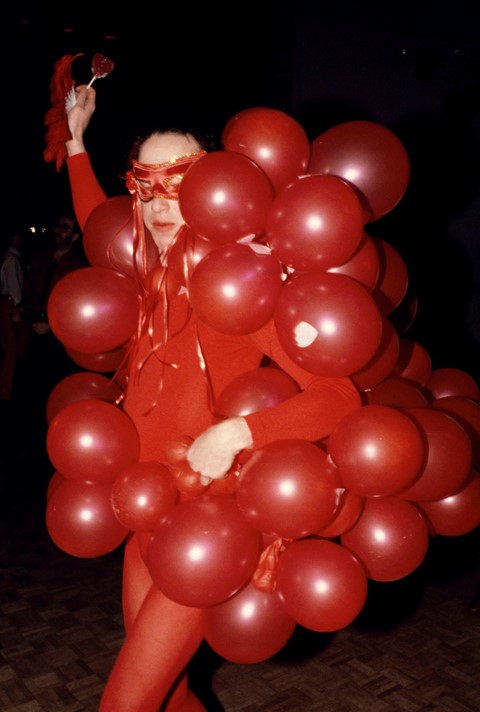
But how, one might reasonably ask, was all this sex and drug-taking tolerated by the authorities – especially when nearly everything was done so openly? “Nobody gave a shit,” says Scull matter-of-factly. “Nobody. The police didn’t give a shit. The best assignment an officer in Midtown South was to watch out for Studio 54 ... Back then it was the accepted milieu. It just wasn’t an issue. And also because there wasn’t heavy stuff, like heroin and all that.”
Although the club reopened under new ownership and management in 1981, it was never the same. “I think so much of Studio 54 was about Steve and Ian,” Yokobosky says. “They [had] a very effective partnership, and I think when they sold [Studio 54] it kind of lost that.” It’s Scull’s opinion that “there will never be anything like it”, but Yokobosky is a bit more hopeful in this respect. “I think a lot of people [in New York City] are depressed in terms of the sociopolitical situation ... and I think everybody’s looking for a little bit of a release, they’re looking for some joy in their lives, and I think we’re all kind of waiting to see who the next Steve and Ian are.”
Studio 54: Night Magic is at the Brooklyn Museum from March 13–July 5, 2020.
